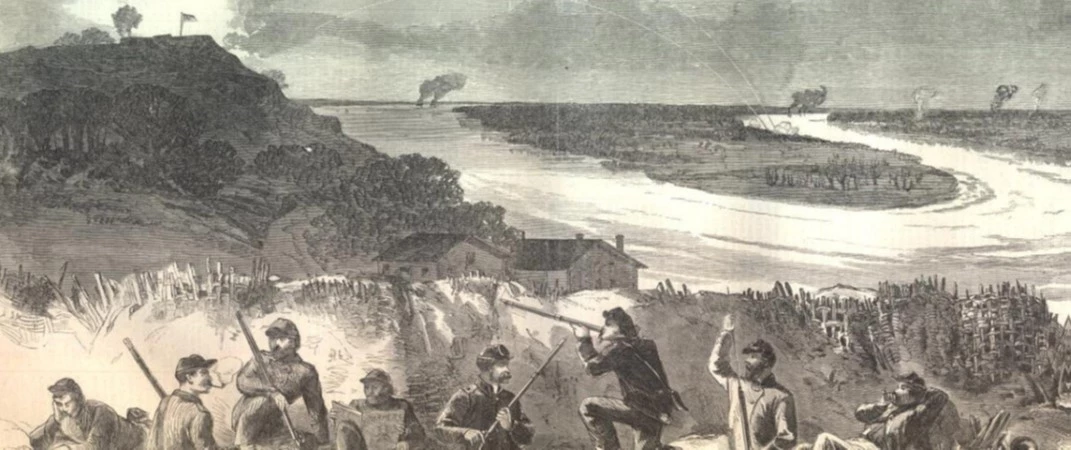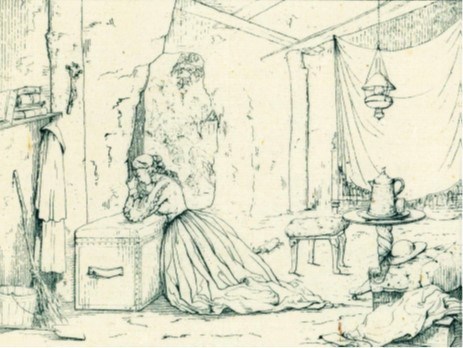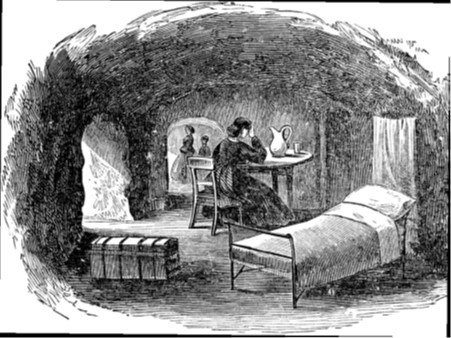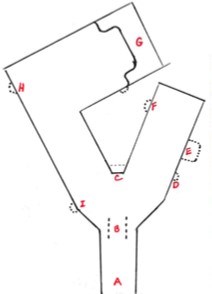

Cave LifeThroughout Vicksburg National Military Park remnants of trenches and cannon emplacements dot the landscape, presenting a vivid reminder of the thousands of soldiers who endured the 47 day siege. Yet one other prominent remnant of the siege has almost completely disappeared from the landscape. During the siege the city of Vicksburg appeared to be, in the words of one citizen, “so honeycombed with caves that the streets look[ed] like avenues in a cemetery.” Despite the abundance of caves around the city during the war, today almost none remain. Only depressions in the ground provide any indication that once hundreds of citizens sought refuge under the soil.
Need for protectionThe citizens of Vicksburg knew a battle could descend upon their town at any moment after Grant crossed the Mississippi River on April 29, 1863. However, most could not bring themselves to leave their homes and possessions. They had already weathered one bombardment by Flag Officer David Glasgow Farragut’s fleet during the summer of 1862. This time Acting Rear Admiral David Dixon Porter relied on his mortar scow flotilla to regularly shell the town. Each scow carried a 17,120 lb. mortar with the capacity to lob a 200 lb. shell 4,300 yards. Despite being inaccurate, the bursting shells sent large chunks of iron raining down onto the street as well as crashing into buildings. While not completely bombproof, caves provided the citizens a safe haven to weather the deluge of flying metal. 
Cave Profile
Life after the Siege
|
Last updated: March 16, 2018
